Forget the gym — this 5-move dumbbell exercise sculpts your entire body in just 30 minutes
Grab a pair of dumbbells and get ready to work your full body
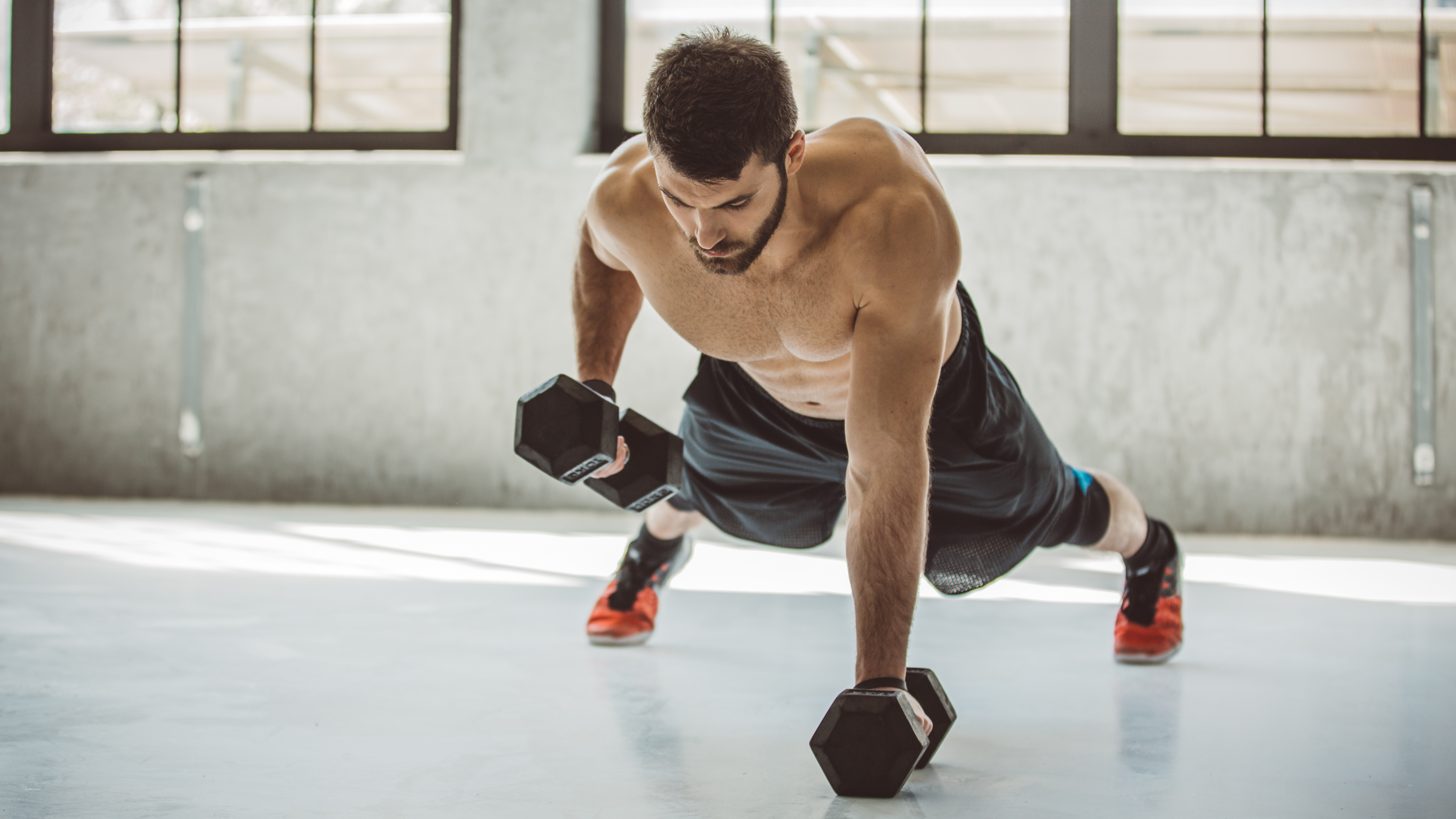
Short on time? No problem. This full-body dumbbell workout only steals 30 minutes of your day and requires just one set of dumbbells. This is especially a great workout to use over the Christmas period when you want to fit in a quick bit of exercise without going to the gym.
As already mentioned, this workout does require a set of dumbbells. This style of weight is a great piece of equipment for home workouts and enhances many of the best exercises for building full-body strength. It’s not too late to add a pair to your list for Santa. If you are, we recommend opting for the best adjustable dumbbells. This type of dumbbell provides versatile and space-efficient fitness equipment, allowing customizable weight settings for varied strength training exercises.
Now, if you're doubting the power of at-home dumbbell workouts and whether or not they can build muscle like popular machines at the gym can, hear us out. A study comparing the effects of a 10-week resistance training program using only machines, only free weights, or a combination of both on adult males found that regardless of the equipment used, participants experienced similar improvements in muscle size, strength, and functional ability.
So stop stalling and check out this full body strength building workout in full below.
What is the workout?
The workout comes from fitness trainer James Stirling, also known as the London Fitness Guy and is designed to only take 30 minutes. It consists of five dumbbell exercises targeting different areas of the body. You will work on each exercise for 40 seconds and allow yourself 20 seconds to rest before moving on to the next move. The aim is to complete five whole sets of this routine.
The dumbbells will add external resistance to your exercises, making them more challenging. This increased resistance helps to stimulate muscle growth and strength development. Workouts that follow progressive overload training will lead to muscle and strength gains which means you will want to increase the size of weight you are working with each time you complete a routine like this one. But don’t start too heavy, the idea is to gradually build up to a higher intensity.
Watch the workout in action below.
A post shared by James Stirling - HOME WORKOUTS 💪🏻 (@london_fitness_guy)
A photo posted by on
Find out how to perform each exercise below if you're ready for a full body pump.
Sign up to get the BEST of Tom's Guide direct to your inbox.
Get instant access to breaking news, the hottest reviews, great deals and helpful tips.
Renegade Push up
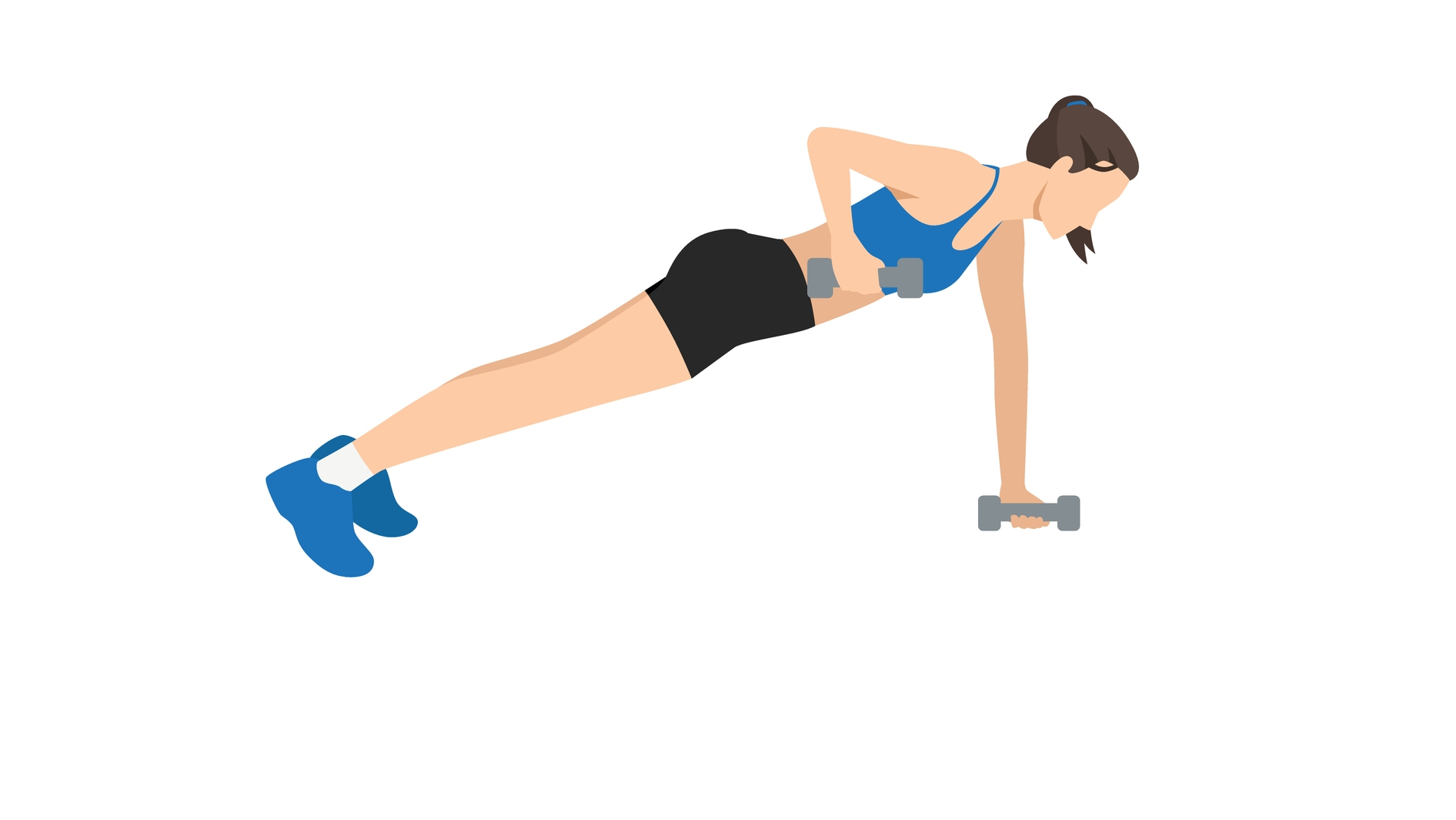
Start in a plank position with a dumbbell in each hand, wrists directly under shoulders. Perform a push-up, keeping your body in a straight line from head to heels. After returning to the plank position, lift one dumbbell to the side of your chest in a rowing motion. Lower the dumbbell back to the ground and repeat the row with the other arm. Maintain a stable plank throughout the exercise, engaging your core to prevent excessive rotation.
Lateral Squat to Press
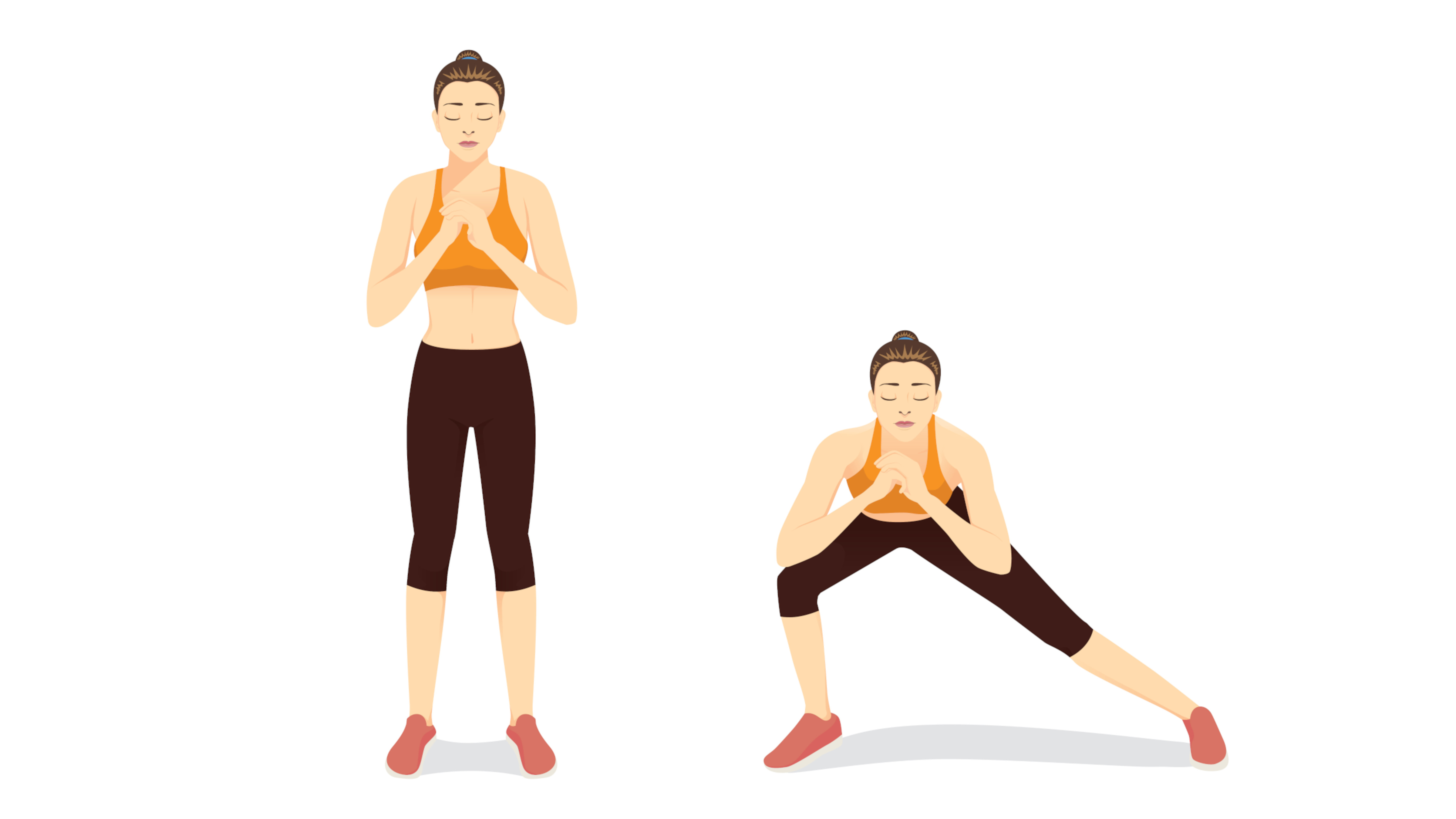
Hold a dumbbell in each hand at shoulder height, palms facing forward. Take a wide step to the side, bending the knee of the stepping leg while keeping the other leg straight. Lower your body into a squat, keeping the chest up and the back straight. As you push through the heel to return to the starting position, press the dumbbells overhead. Lower the dumbbells back to shoulder height as you step into the squat on the other side.
Dumbbell Swings

Begin with your feet shoulder-width apart, holding a dumbbell with both hands in front of you. Hinge at the hips, keeping your back straight, and swing the dumbbell between your legs. Explosively stand up, swinging the dumbbell up to chest height, using the momentum generated by your hips. Control the lowering of the dumbbell as you hinge back into the starting position. The movement is generated from the hips, not the arms. Remember to keep your core engaged throughout.
Dumbbell Lunges
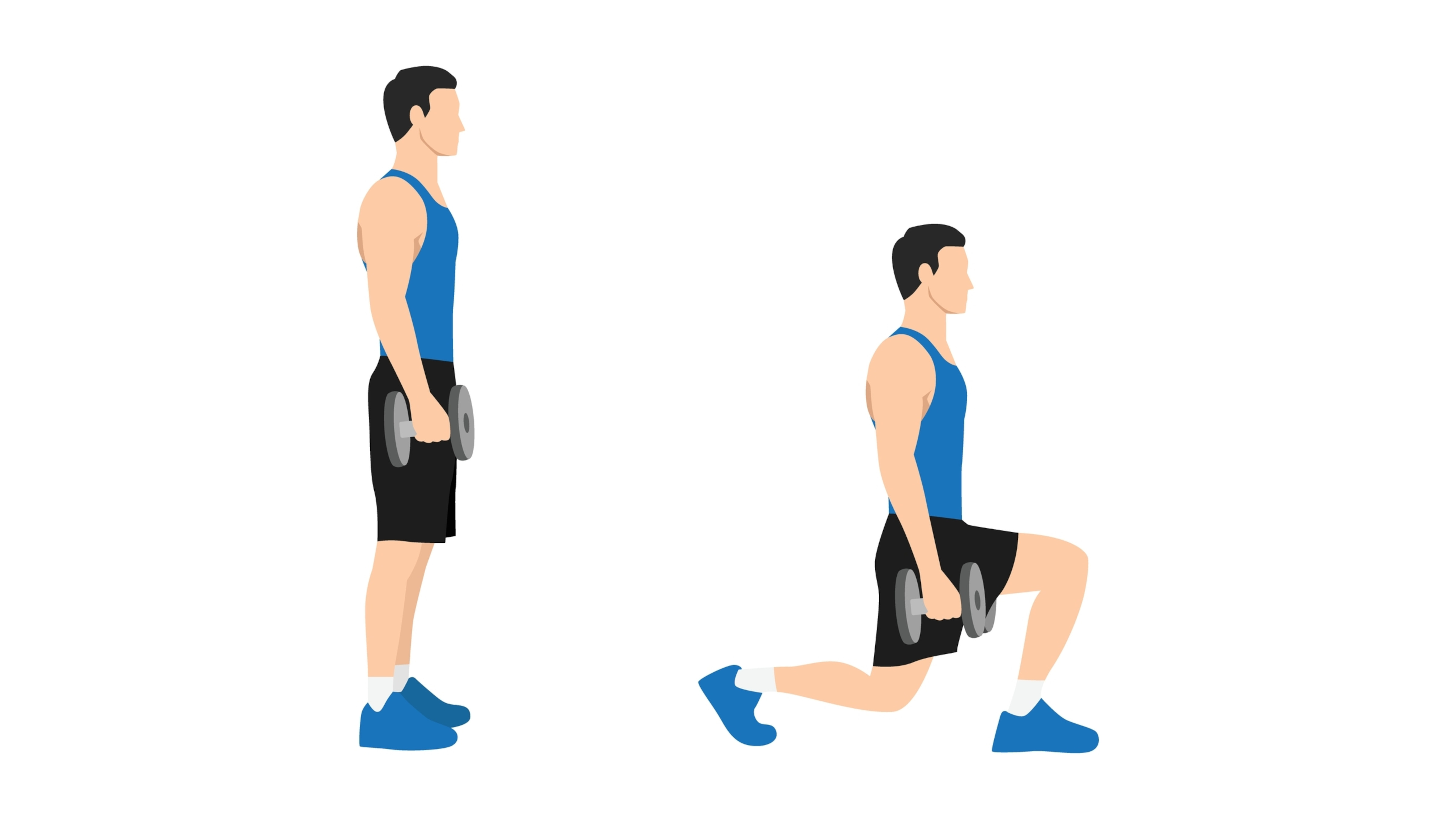
Hold a dumbbell in each hand at your sides. Take a step forward with one foot, lowering your body until both knees are bent at a 90-degree angle. The back knee should hover just above the ground. Push through the heel of the front foot to return to the starting position. Repeat on the other leg. Keep your back straight and your core engaged throughout the movement.
Dumbbell Twist
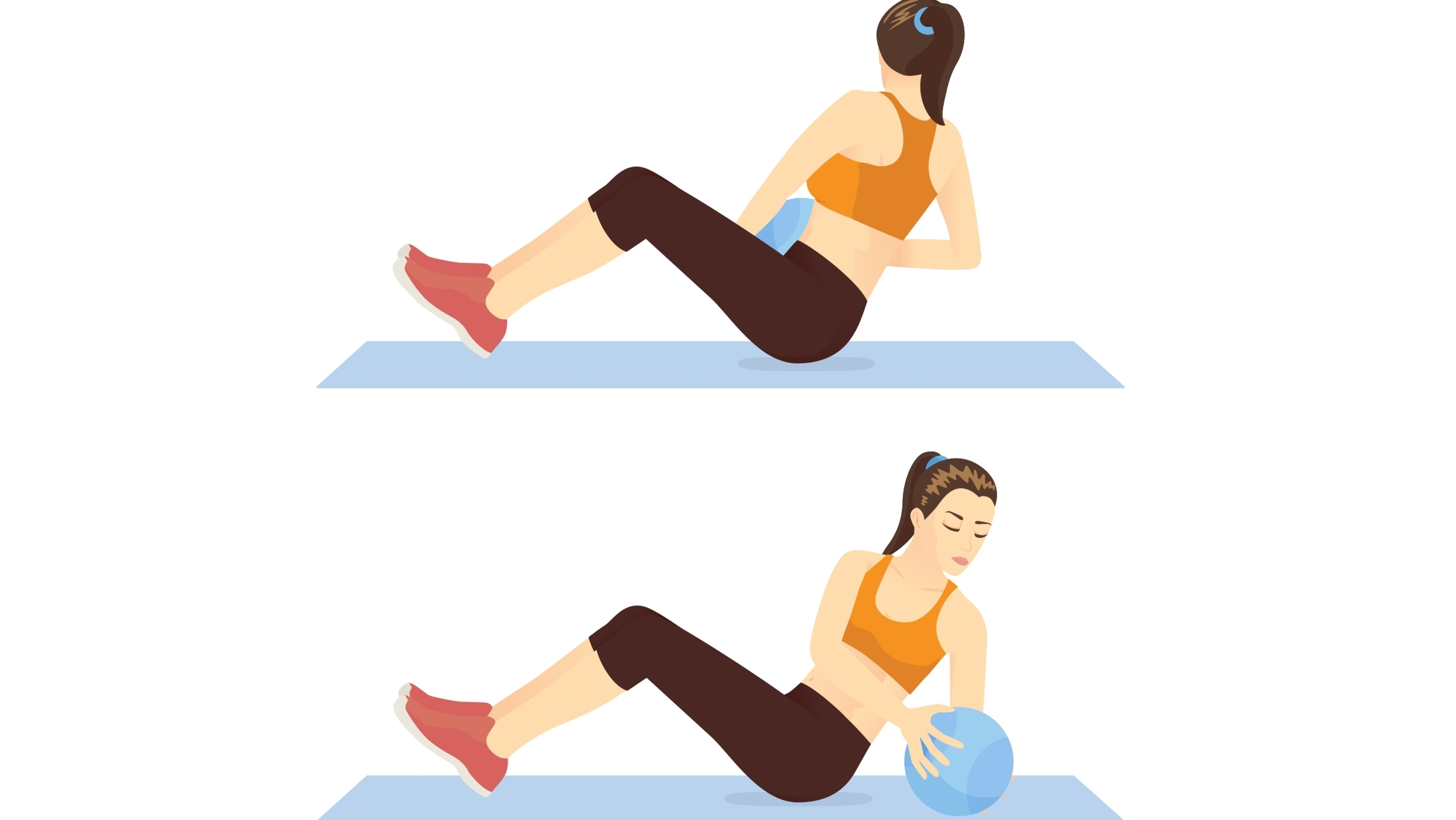
Sit on the floor with your knees bent and your feet flat. Hold a dumbbell with both hands in front of your chest, leaning back slightly. Lift your feet off the ground, balancing on your sit bones. Rotate your torso to one side, bringing the dumbbell beside your hip. Return to the center and then rotate to the other side. Keep your back straight, and engage your core to control the movement.
What are the benefits?
You really are getting a full-body pump with this routine. Dumbbells are versatile tools that provide a wide range of motion, allowing for exercises that engage multiple muscle groups simultaneously. For example, the Renegade Push-up not only targets the chest and triceps through the push-up motion but also engages the back and core during the rowing movement.
Additionally, exercises like the Dumbbell Swings and Lunges, emphasize functional strength by incorporating natural movement patterns. Dumbbell Swings, for instance, activate the posterior chain, including the glutes and hamstrings, contributing to improved overall functional strength. Meanwhile, dumbbell lunges target both the quadriceps and glutes and also engage the core for stability.
With regular practice, a workout like this can lead to improved muscle tone and definition in your muscles across your upper and lower body. But, it's also wise to mix up your workouts so that your body is challenged in other ways. Incorporating other forms of exercise, such as cardio and mobility exercises like yoga or Pilates, into a strength training routine provides a well-rounded approach to fitness with several benefits including improved cardiovascular health, balanced fitness and weight management.
More from Tom's Guide

Jessica has been a fitness writer at Tom’s Guide since 2023, bringing three years of experience writing about health, fitness, and the great outdoors. Her passion for exercise began during her childhood, where she spent weekends hiking and competing in local athletics club events. After earning a master’s degree in journalism from Cardiff University, Jessica found the perfect way to combine her love of storytelling and fitness into a career.
Jessica is passionate about testing fitness gear and tech, using her reviews to help readers make informed buying decisions. She ran her first marathon in April 2024, finishing it in 3 hours and 48 minutes. Through her training, she’s developed a deep understanding of what it takes to grow as a runner, from effective workouts and recovery techniques to selecting the right gear for every challenge.
When she’s not at her desk, Jessica enjoys spending time in the kitchen crafting new recipes, braving cold water swims and hiking.
